It’s November – the time we have been waiting all year for. And for deer hunters in most states, the rut is beginning to kick in. There is no better time than now to call in a buck. With their testosterone pumping and their love radar on high-alert, these juiced up studs of November are just looking for a fight – or romance – or both! Don’t let them down. Play on their short-windowed disadvantage to help you cash in on filling a tag.
When it comes to calling to rutting bucks, there a few different calls to use, and the best ways to use them. Here is the low-down on calling in your next deer.
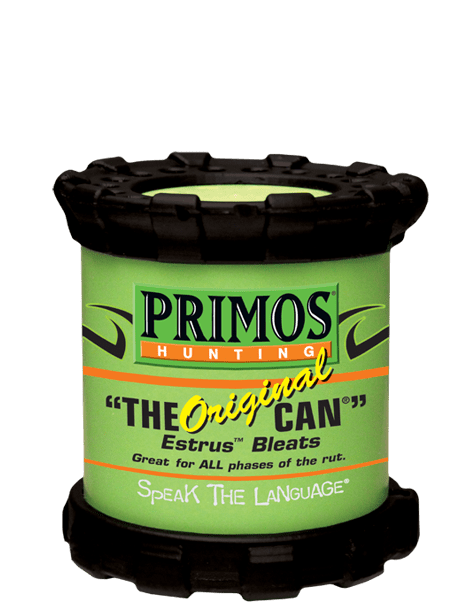
Primos Can Call
Doe Estrous Bleats
Thousands of hunters across the whitetail’s range use estrous doe bleats. I have heard countless testimonies as to how well hunters believe in this type of call.
Primos dominates the market on estrous doe bleats since introducing their “Can” series of calls years ago. It was the first call of its kind and still leads the way as the standard when it comes to estrous bleats due to its ease of use. Simply turning the can upside down will result in a perfect estrous bleat every time. It’s effectiveness and simplicity is why most folks love this call.
How It Works
The best way to use this call is to give a bleat or two every so often, sometimes followed by a buck grunt to simulate a doe that is ready to breed and buck that is trying to tend her. In my experience, it does draw in bucks for sure, of all sizes, and is a great call for when things are just starting to get exciting in the woods. It will draw in plenty of young bucks too though, who are hoping to cash in early on a hot doe.
The average cost of this call is $12.99.
Grunts
Pretty basic, but still very effective. Buck grunts are a major go-to for many bowhunters during the searching, seeking and chasing phase, as well as during the full-blown rut.
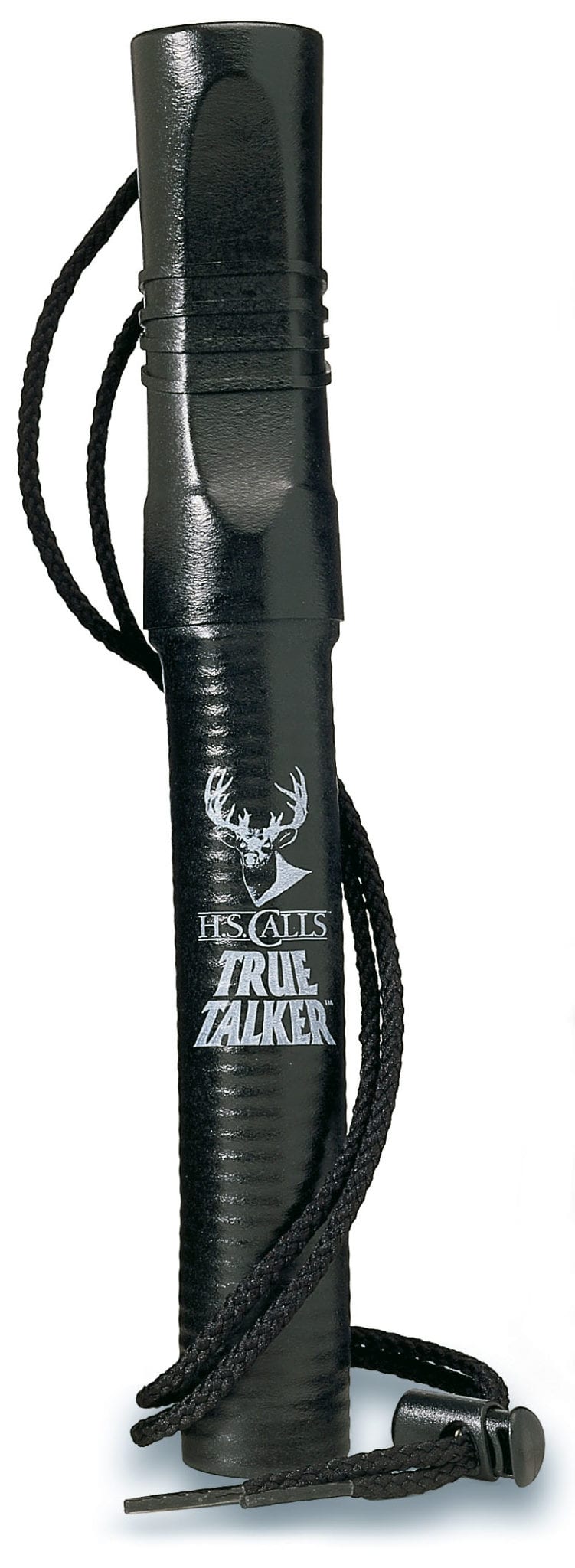
H.S. True Talker
There are different types of grunts, though. When grunting to a buck, start off with a basic short, snappy grunt. You can get more aggressive with longer, louder grunts if you think you need to tick him off a little more. Tending grunts are also effective and are longer but softer than an aggressive grunt. They are the grunts bucks make when tending a doe that is in estrus, and are the ones to use if using in conjunction with a can estrous bleat.
In November, you have nothing to lose by grunting at every buck you see if he isn’t intent on coming in your direction. If a buck is cutting across a field or through the timber and won’t be in range for a shot, start out by grunting at him. If he doesn’t react, grunt again, and louder. Keep increasing the volume until he at least acknowledges you.
Virtually every call company makes grunt calls, so it is really a matter of personal preference here. I always liked the Hunters Specialties True Talker, but now I use the Primos Rut Roar which has a built-in grunt.
Grunt calls range in price from about $10 up to $25.
The Snort-Wheeze
The snort-wheeze is great to use when grunting isn’t cutting it, and is absolutely perfect in any rattling sequence. When you need a little more juice to really challenge a buck, throw in a snort-wheeze or two and see how it spices up your calling routine.
$10 will land you a good snort-wheeze call.
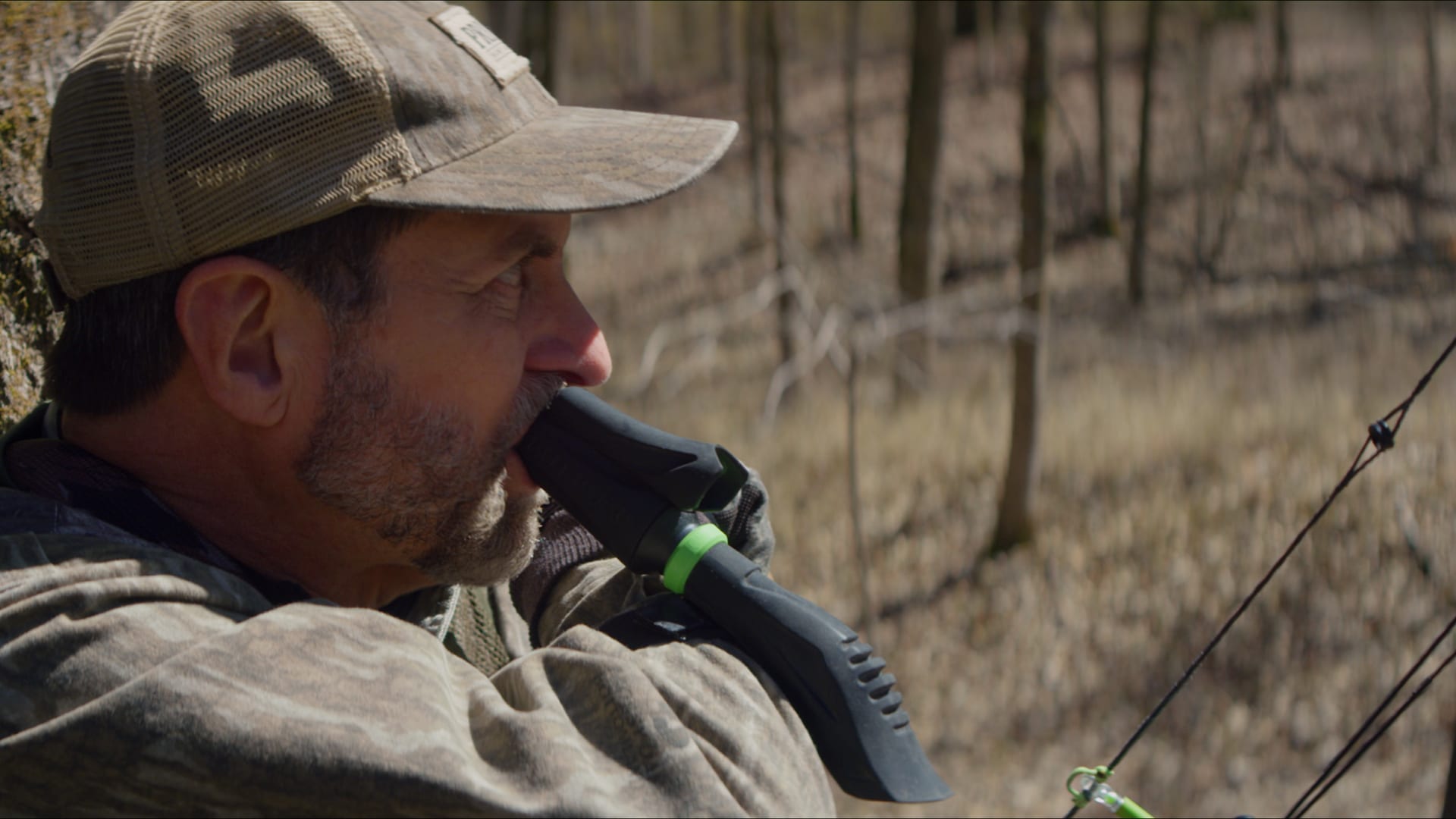
Many of the better calls on the market feature a snort-wheeze call built in above the grunt call chamber.
The Buck Roar
The buck roar is another call that most hunters had never heard before when it came on the scene a number of years ago. It was touted as being a call that can lure in the most dominant, aggressive bucks in your hunting area. It is a sound that bucks make when they are at the height of aggression or frustration. It is a buck grunt on steroids, which starts out as an aggressive grunt, that quickly, and sharply, turns into an almost scream, or well, roar.
I have heard one of these in the woods in my lifetime of hunting, but have used the call to lure in my biggest archery buck to date.
This call isn’t for the faint of heart. You have to believe it will work. It is loud, aggressive and mean, but trust me, it does work.
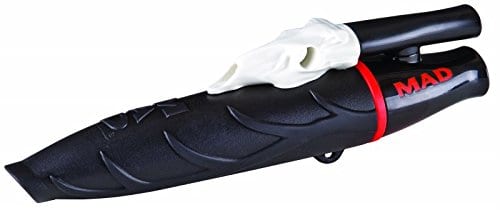
MAD RIP Hyper Growler
How It Works
If you have grunted at a buck several times and he still won’t commit, this is when you need to think about the roar. When grunting fails, add a snort-wheeze followed by a loud, boisterous roar. It may scare off young deer, but can be the ticket for bringing in mature bucks. That is how I used it to call my mid 160’s gross ten-pointer in from over two-hundred yards out in for a shot at ten yards. My grunts made him look, but once I threw in the snort-wheeze and the roar, he marched right in.
Beware, however, that this call is not for small bucks. Try this on a young deer, and he’s likely to exit, stage left! It is really good for challenging the most dominant bucks your place has to offer though, and therefore, always takes up space in my pack.
Various companies make buck roar type calls, but there are a couple that stand out. Primos and MAD Calls were the first that I remember to offer them, and each has a built-in snort-wheeze tube, allowing you to make three calls with just one call; grunts, a snort-wheeze and the roar. For this reason, the Primos Rut Roar or the MAD RIP Hyper Growl get my nod.
For $15-$25, you can get one too.
Rattling
Rattling was brought to light from hunters in Texas who had great success with the horns. This tactic is now standard practice among all ranges of the whitetail’s habitat, and for good reason. It works!
With rattling, just like when using the estrous bleat, you are often calling to deer that you cannot see. The best rattling sequence actually incorporates many different calls into it. Start out by making a few aggressive grunts, to give the feel that a buck, or bucks, are really peeved with one another. Then make a snort-wheeze, then hit the horns. November isn’t the time for tickling the antlers. Crash them together to make it sound like a brawl and continue to do so for twenty to thirty seconds. Follow that up with three or four more very loud, aggressive grunts, as if the winner is chasing off the loser, and then get ready. I’ve had deer show up before I even set my antlers down. But don’t lose hope if they don’t. I have also had bucks come in a half-hour later.
Also, feel free to break branches and make a ruckus. This is the only time in the deer woods that you can, so go for it. Bucks do when they are fighting.
Big bucks will tend to circle downwind before approaching, but not always, so make sure your scent-control game is on point and keep your eyes peeled.
Things to Know
The better the buck-to-doe rationing your neck of the woods, the more effective rattling is. More bucks on your hunting property means more competition for does, which also translates into more responses from bucks. Fewer bucks around means they don’t have to worry about fighting; they have all the does they can handle, which means less success with the horns.
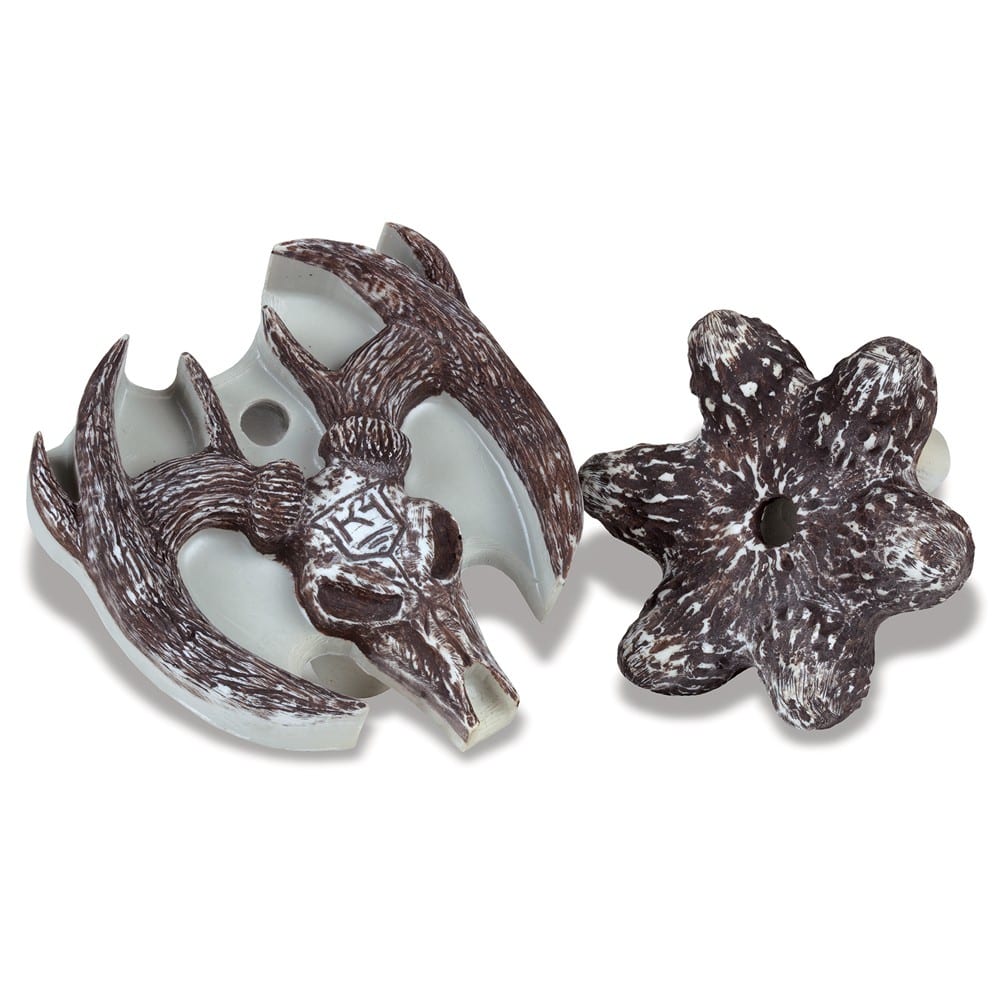
Knight and Hale’s Da Bonehead
Does will also come in to rattling so they can watch the fight.
Types of Tools for Rattling
Years ago, actual bone (deer antlers) or synthetic ones were your only options. Then came rattle bags, which are still quite effective and much easier to carry. They don’t pack quite the punch that antlers do when it comes to being able to crash them together or getting loud, but they still work very well and will fit in your pack.
My personal favorite rattling system is Knight and Hale’s Da Bonehead. It is extremely lightweight and compact, easy to use, and yet still allows me to crash the pieces together and attain great volume. This is the closest thing I have found to the real thing, yet much more user-friendly.
Da Bonehead typically sells for $25. Rattle bags are around $15, and synthetic antlers will run about $20.
Conclusion
November is a great time to be in the deer woods. Things are heating up deer do what we wait all year to see them do. But it is also wonderful because it is a great time of year to actually interact with them and “talk” to them and to see their reactions, expressions and anger.
With any of the calls and techniques mentioned above, a good rule of thumb is to call every thirty to forty minutes or so if you aren’t having any action. Bring your buck within bow range this season by using calls to speak their language during the whitetail rut.

 By
By 



